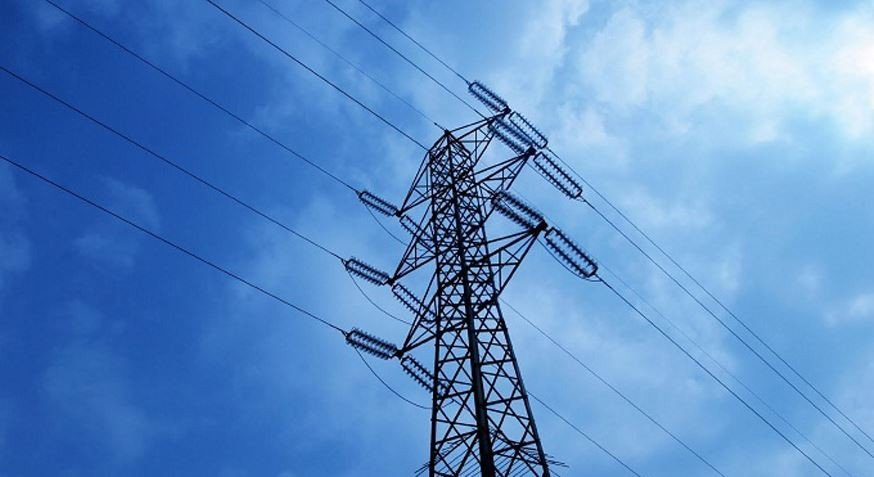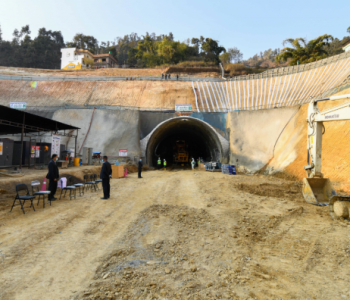The Power Crunch Just Made Renewables Stronger
Fundamental cost benefits, more than the earnest promises of executives, ultimately will drive the energy transition.
KATHMANDU: A few months ago, it looked like a cascading global power crunch was about to turn back the tide of the energy transition.
In China, shortages of coal drove prices of solid fuel to 1,908.20 yuan per metric ton ($299.29), leading to power cuts and industrial shutdowns as generators refused to sell fixed-tariff power at a loss.
In Europe, the great sucking sound as coal-starved Asian grids vacuumed up liquefied natural gas combined with weak supplies from Russia and the Netherlands to send gas prices soaring. They’ve now hit 146.93 euros ($165.74) per megawatt hour, more than six times their level at the start of the year.
Carbon Mountain
On the eve of the COP26 climate change conference in November, these ructions led to dire warnings: The shift to zero-carbon energy was being led by well-meaning naivety, rather than a sober consideration of what a 21st century power system needs. The energy transition would now have to go into reverse to provide the secure electricity the world requires.
With the year drawing to an end, those prognostications don’t appear to be panning out. If anything, the power crunch seems to be accelerating the push away from fuel-based energy, whose volatile prices caused this crisis, and into zero-carbon power, whose cost is fixed when the project is first developed.
Look at China, which accounts for nearly a third of the world’s emissions and more than half its coal consumption. The country has seen a vast behind-the-scenes battle over the past few years between its dominant coal sector and the decarbonization policies set by President Xi Jinping.
September’s power crunch led to a surge of government-mandated solid fuel production to prevent further blackouts. The 371 million tons dug up in November was a record, and roughly equivalent to a year’s worth of coal consumption in the European Union.
Garbage In, Garbage Out
While that mountain of soot has firmed up thin stockpiles of power plant fuel and brought down prices, there’s been little change in the direction of travel. Coal-fired generation actually fell in November from a year earlier, as wind and solar took a larger share of grid power.
After a slow year due to the end of renewable subsidies and wider electricity market reforms, solar installations in 2022 will jump by about 50% to 75 gigawatts next year, the head of the China Photovoltaic Industry Association said this month.
Combined with about 45 gigawatts of wind turbines forecast by the Global Wind Energy Council, just maintaining that pace of growth should smash through Xi’s relatively conservative renewable installation plans and allow China’s emissions to peak years before his 2030 target.
The same pattern is playing out elsewhere. By 2026, wind generation will roughly double 2020’s level, with 3,154.8 terawatt-hours produced globally, the International Energy Agency reported this month.
Solar will be closing in on a threefold expansion over the same period, hitting 2,299.8 TWh and bringing total renewable electricity generation to 11,323.5 TWh, equivalent to about 42% of all grid power in 2019.
Fossil fuels aren’t seeing anything like that trajectory. Upstream oil and gas investment won’t recover to its pre-Covid levels this side of 2025, according to consultancy Rystad Energy.
Reinvestment rates, the share of upstream cashflows that go to developing new petroleum fields, will remain close to record lows of 40% in 2022, say consultants Wood Mackenzie. With such low rates, oil companies aren’t betting on the future of petroleum demand
— so why should anyone else?
Fuels do have some crucial advantages that won’t go away, even as renewables take up a larger share of the power mix. It’s precisely because they’re so easy to store and transport that they’ve seen such dramatic price swings in recent months.
Even with battery back-up, there’s no wind or solar generator that can react as nimbly to sudden large-scale shifts in power demand. Bloomberg













Facebook Comment